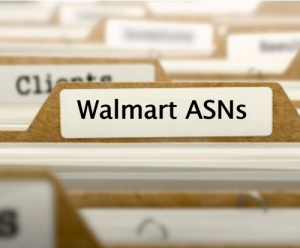 One of the big changes we’re certain to see in 2015 is increased velocity in the move toward automation in manufacturing and beyond. What does this mean for you?
One of the big changes we’re certain to see in 2015 is increased velocity in the move toward automation in manufacturing and beyond. What does this mean for you?
- Retail Link is about supply chain management, not just sales monitoring. Global Marketing calls Retail Link “a supply chain information portal,” and they’ve got it right. Retail Link gives you the chance to automate monitoring all along your supply chain. If you’re just treating Retail Link as a giant POS system, you’re missing out.
- Automated orders are here to stay. Walmart may tweak the process, but suppliers need to get savvy about working with automatic ordering, rather than trying to get more human influence.
- Ethical sourcing and sustainability are both becoming increasingly high priority for Walmart suppliers. As other retailers follow Walmart’s lead, this trend will affect vendors throughout their business, not just in their Walmart business. Automation offers some of the best solutions for the challenges involved in meeting these higher standards.
- Automation is also making reshoring — bringing production back to the U.S. — more realistic than ever. Walmart is solidly behind U.S. manufacturing, and modern automation offers levels of efficiency that make it economically feasible for more suppliers. Increasing focus on safety and energy savings among producers of manufacturing equipment are among the trends that will help more suppliers invest in automation profitably.
- Customers are getting into the mix. We’re not expecting robot shoppers any time soon, but the omnichannel shopper is getting accustomed to automation along the path to purchase. That means suppliers have chances to alert shoppers to savings via iBeacons, to remind them to pick up items or to arrange subscription sales, site-to-store sales, and other interactions that make sales more automatic for consumers through automated marketing.
Check out our courses in Replenishment and Inventory Management and Intermediate Retail Link as a great starting point on these issues.



